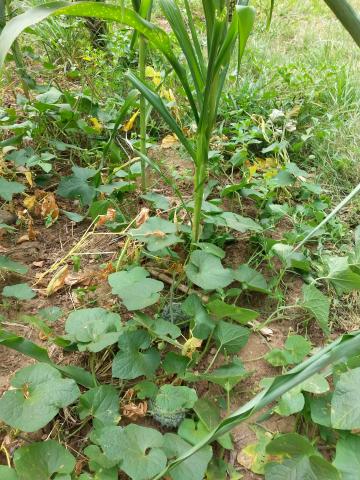“At the Canadian Foodgrains Bank, religious differences are set aside for the common goal of feeding those who are hungry.”

I am an active member of Hughenden United Church, and I am the non-staff representative of The Salvation Army on the board of directors of the Canadian Foodgrains bank. The apparent story of how that came about is that a colleague of mine was stepping down and put my name forward as his replacement. And in due time, after sharing thoughts about values and expectations, I joined the board of the Canadian Foodgrains Bank as The Salvation Army representative.
The real story is that as a farmer, and as a person of faith, the work of the Canadian Foodgrains Bank had fascinated me for a long time. Farmers grow food. We grow food in abundance. Our first choice is to sell it, because that is how we make our living. But if some of the people who need that food have no money to buy it, it seems right to give it to them.
In biblical times, farmers would leave a little grain in the fields to be harvested by those who needed it. Today, long distances prevent that option, so an organization like the Canadian Foodgrains Bank has an essential role to play. As farmers, we harvest our grain and sell our livestock, and share some of the proceeds with those who have no harvest.
I farm in east central Alberta where too little rain is the factor most limiting growth. I farm every day with a mindset of making the best use of every drop of water. Farming is not only my occupation, but also my passion. So when I had the opportunity to join a Canadian Foodgrains Bank board tour visiting farms practicing conservation agriculture in dry areas of Kenya, I jumped at the chance.
To qualify as participating in conservation agriculture, farmers must practice at least two of three principles: minimum tillage of the land, the use of mulch, and inter-cropping or rotational cropping. These are all methods I use on my farm, and with good results—but I was astounded by the positive results being achieved in Kenya.
The program was extremely well thought-out, from methods to encourage farmers to take the first steps, to linkages with after-harvest markets, and all the multitude of husbandry that happens in-between. Local partners were knowledgeable, and supported by well-trained technical staff. Farmers were growing a wide variety of crops, often intercropping corn and various kinds of beans, but also sweet potatoes, melons, and even tomatoes. In areas where no mulch exists (think of bare, hard, dry, red soil), these crops acted as living mulch to cover the soil and preserve moisture, while at the same time providing soil fertility and food for people. The practices of conservation agriculture made the difference between having food to harvest for a family versus a few spindly plants that might feed a goat for a few days.
Not only were excellent connections made to the technical side of farming, but we also saw healthy working relationships between staff of one denomination and partners from other denominations. I left Kenya feeling very hopeful. Some of the most vulnerable were building their own resilience.
Conservation agriculture is just one example of the work that the Canadian Foodgrains Bank does to ensure that people who are hungry have food to eat. This work may encompass food assistance, nutrition assistance, or livelihood training, depending on the need.
At the Canadian Foodgrains Bank, religious differences are set aside for the common goal of feeding those who are hungry. The Canadian Foodgrains Bank comprises 15 Christian denominations, including The United Church of Canada, working together to end hunger. Some people call that a miracle of its own. I call it a beacon to the future.
–Terry Lee Degenhardt farms with her family in Hughenden, Alta. She is a member of Hughenden United Church and serves as a representative of the Salvation Army on the Canadian Foodgrains Bank Board of Directors.